Year in Review
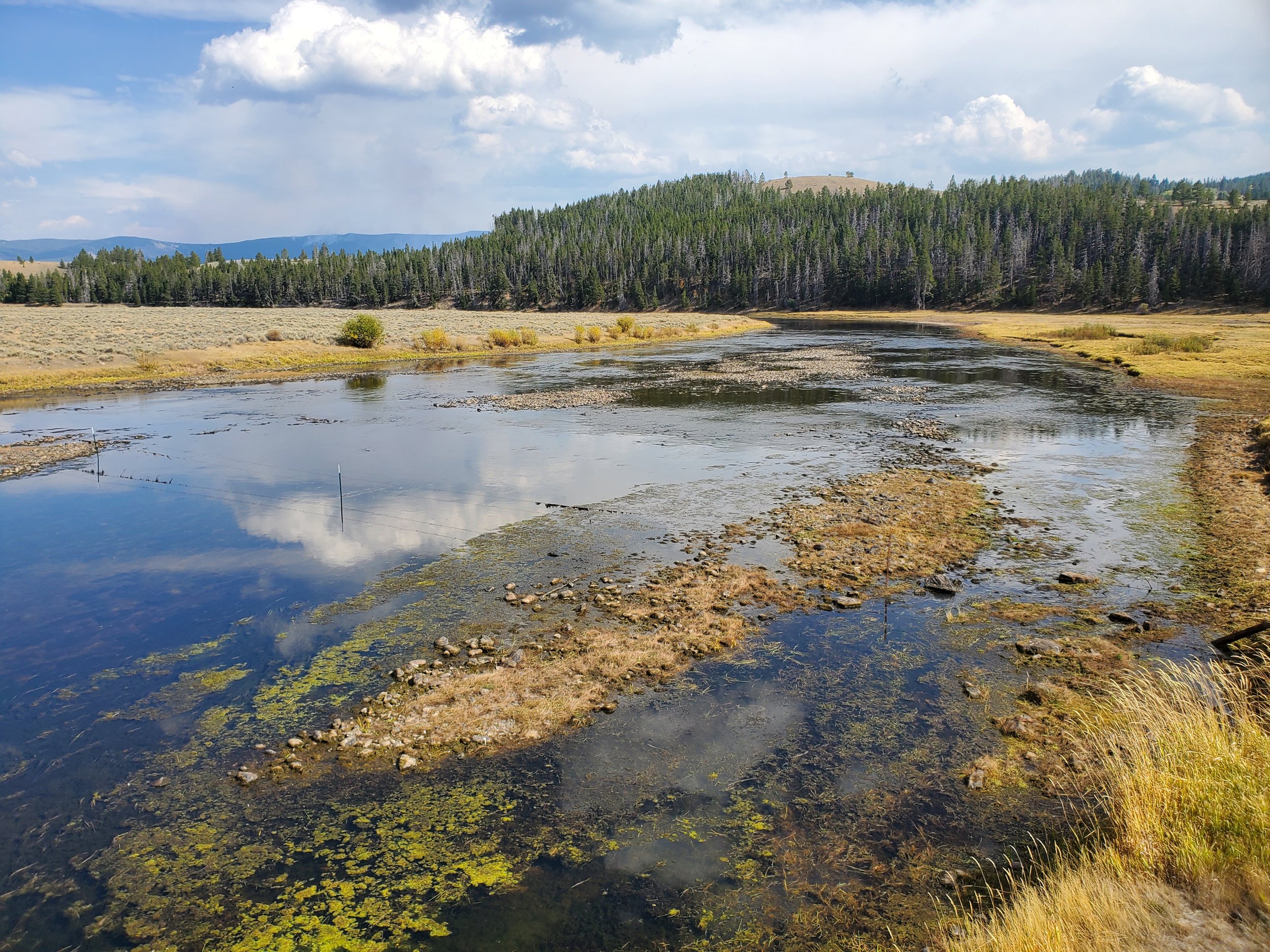
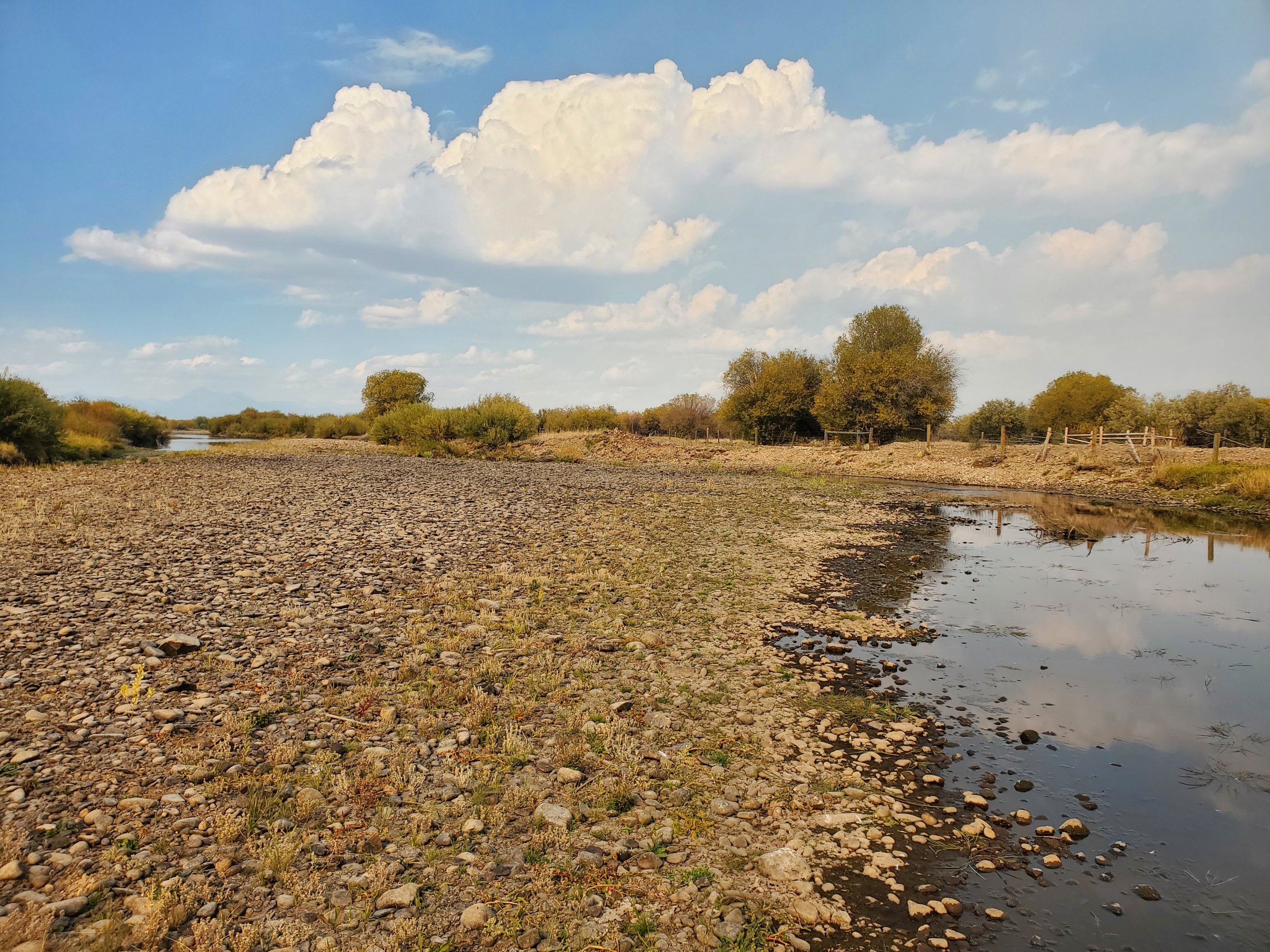
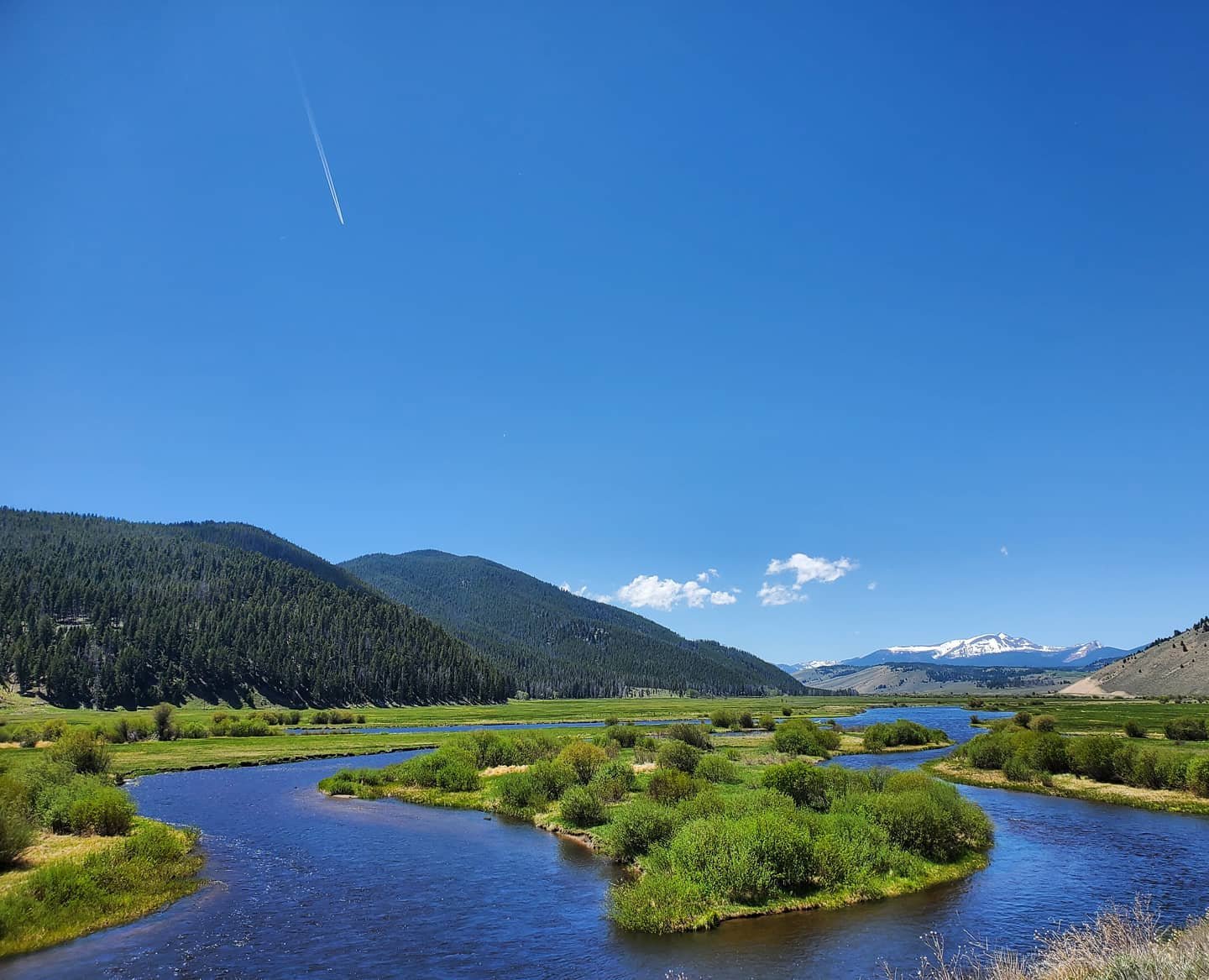
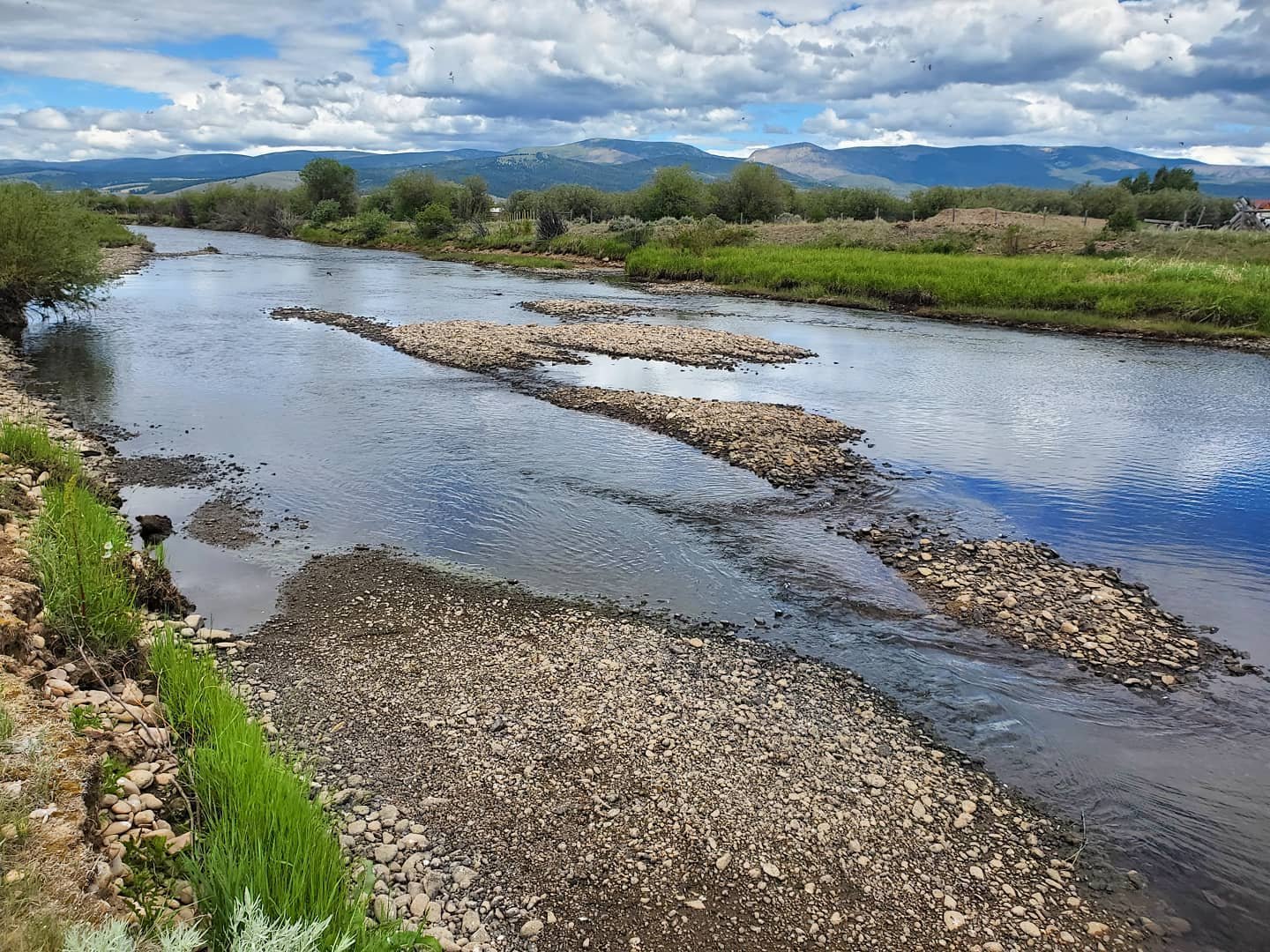
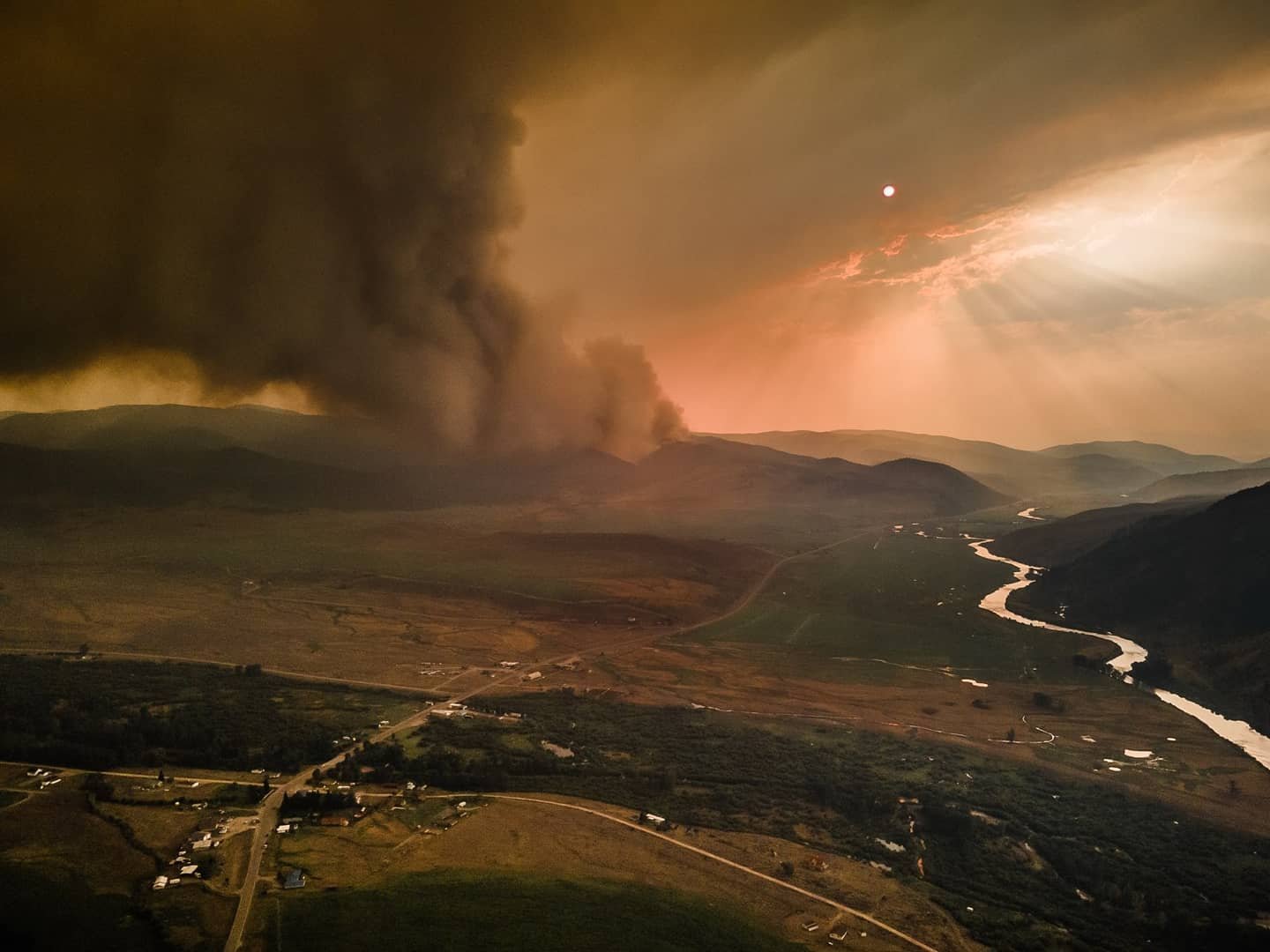
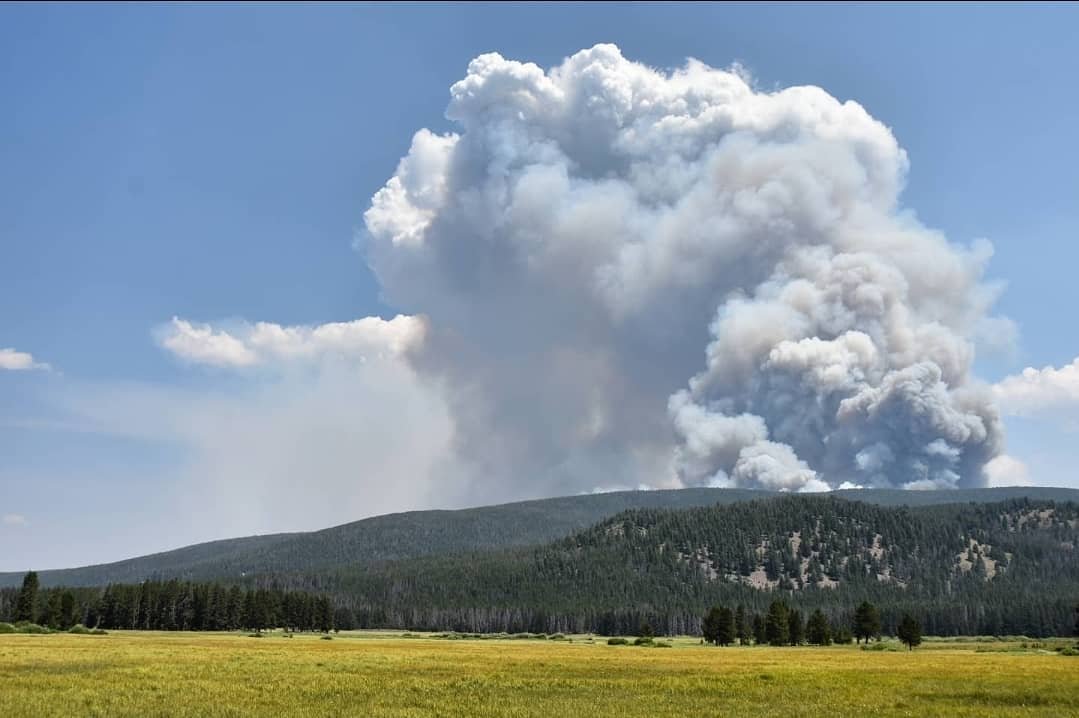

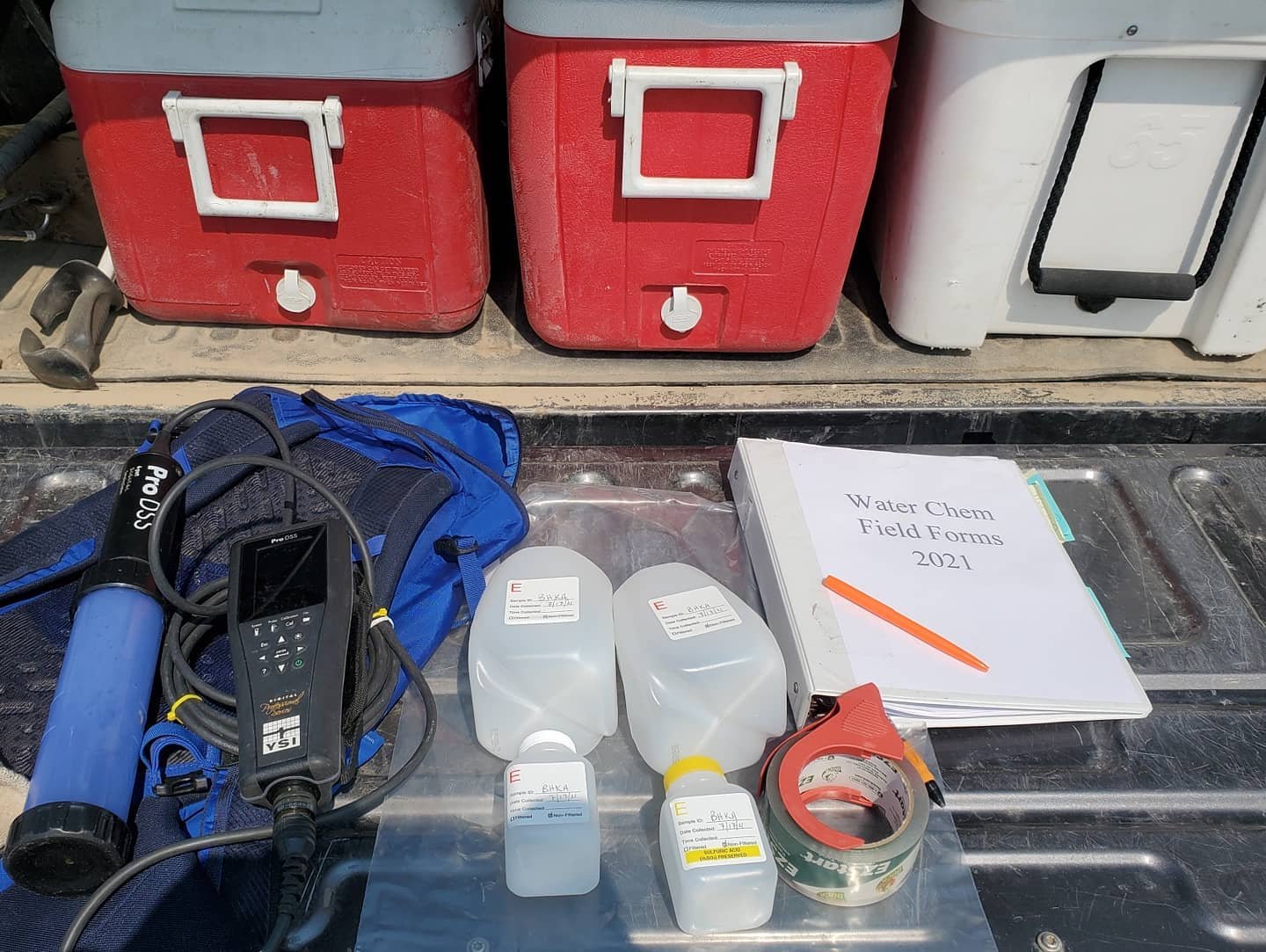
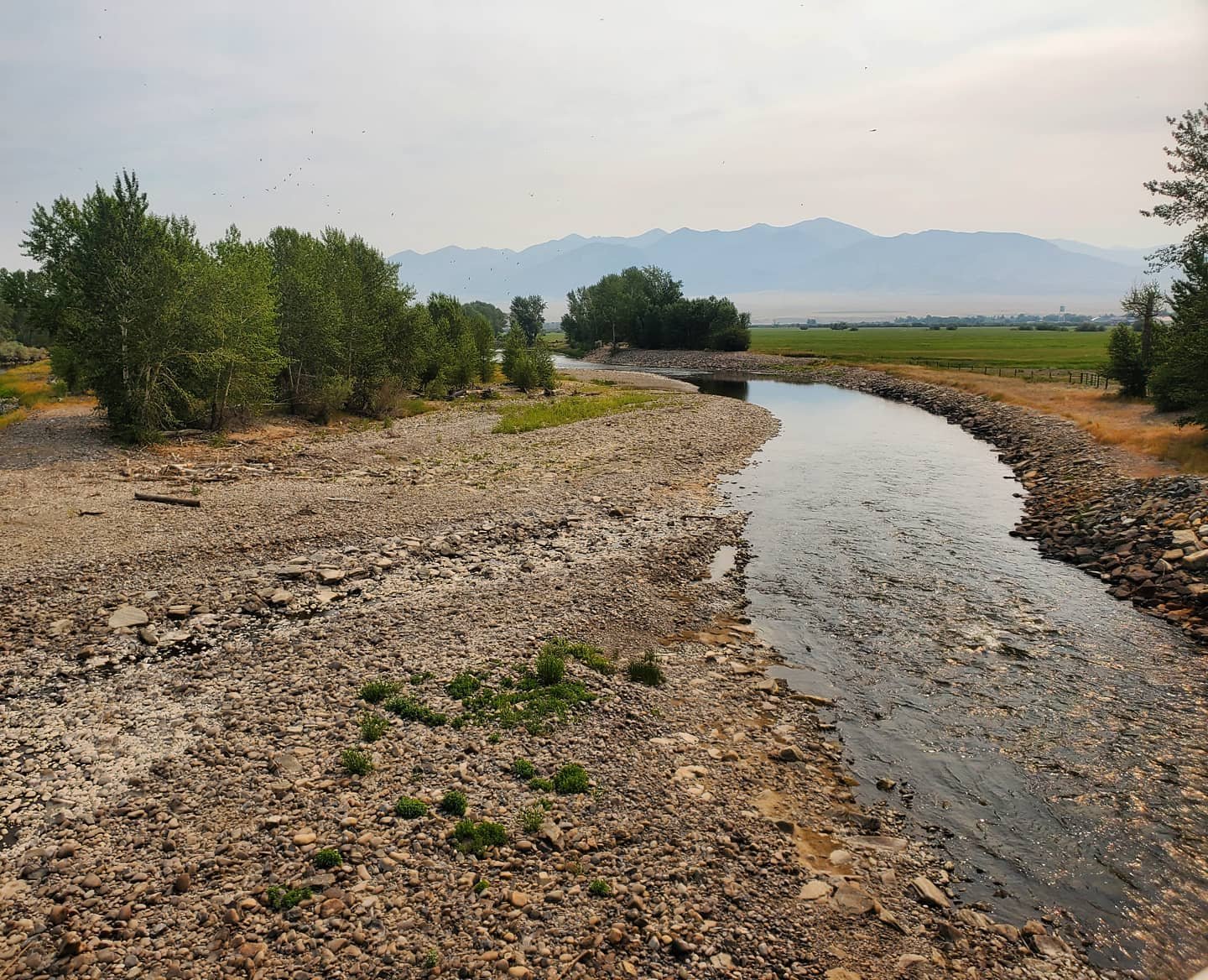
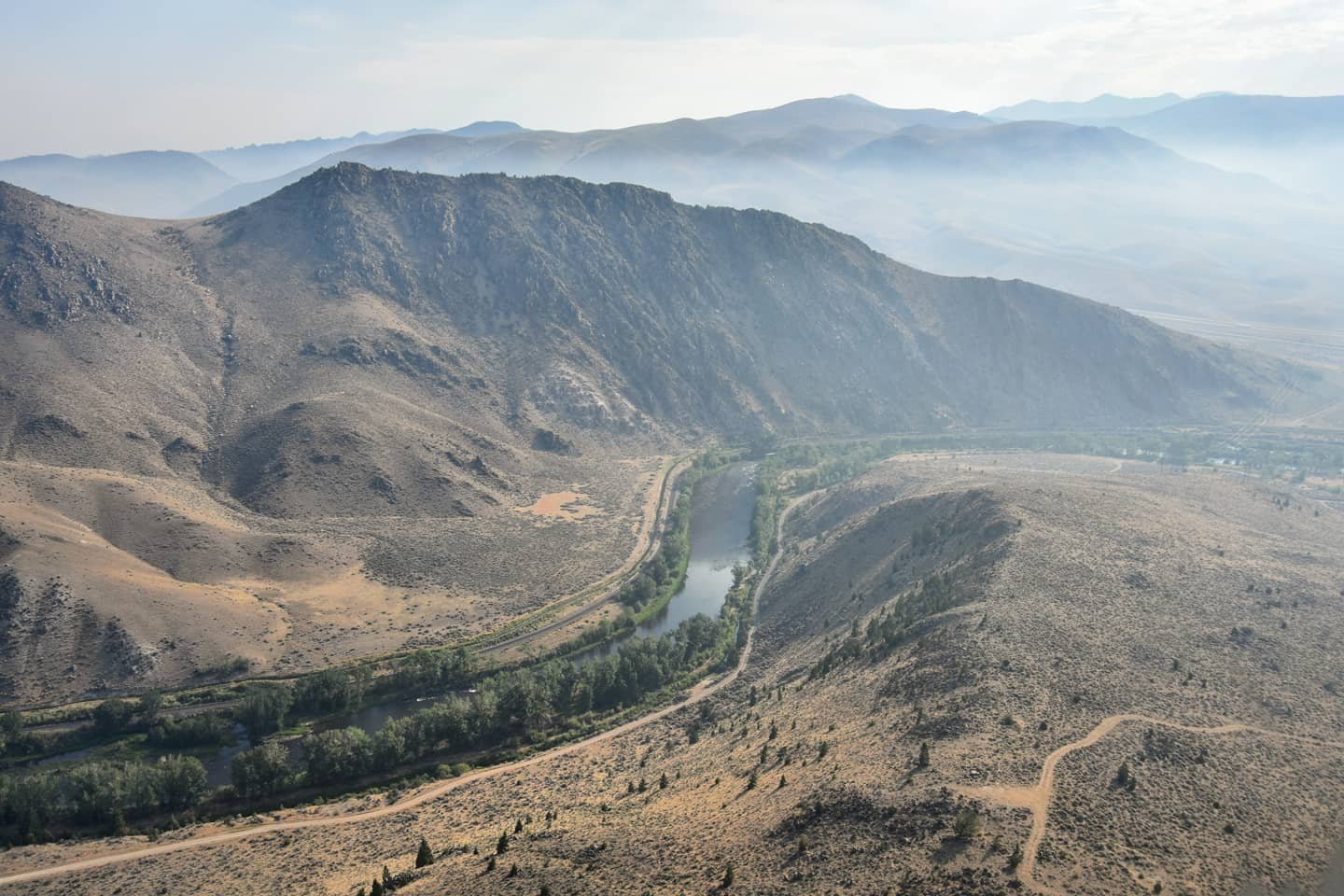
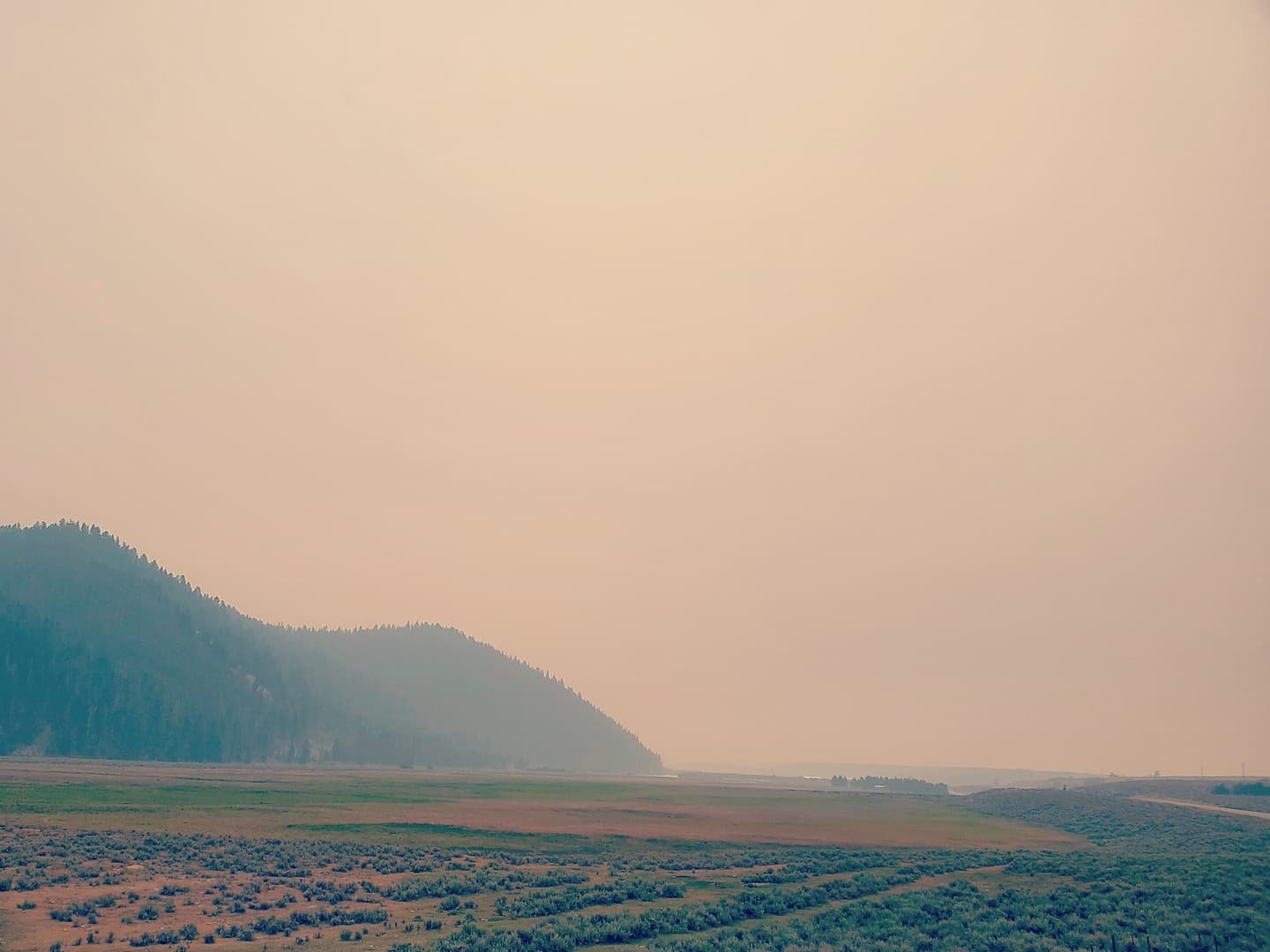
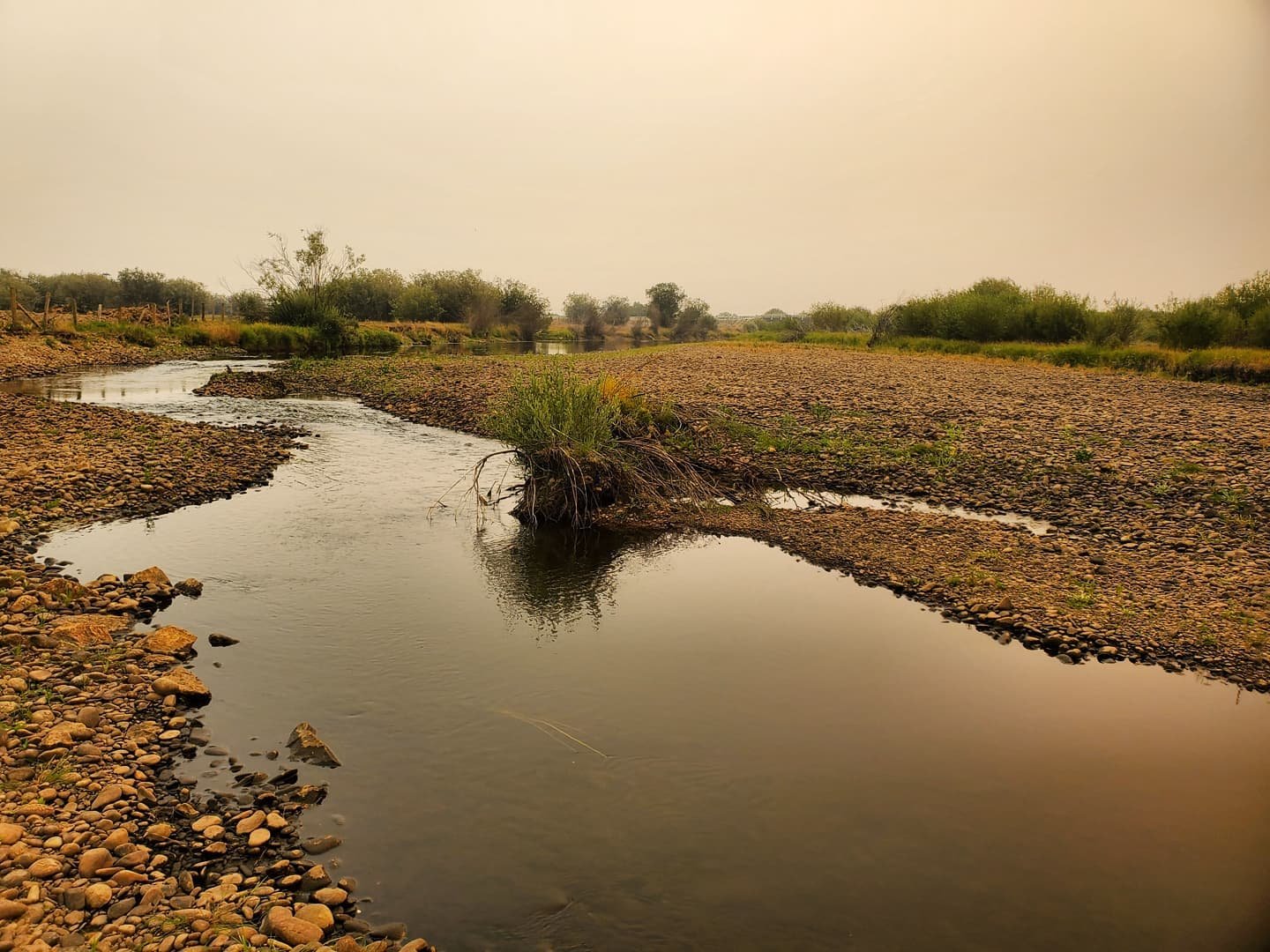
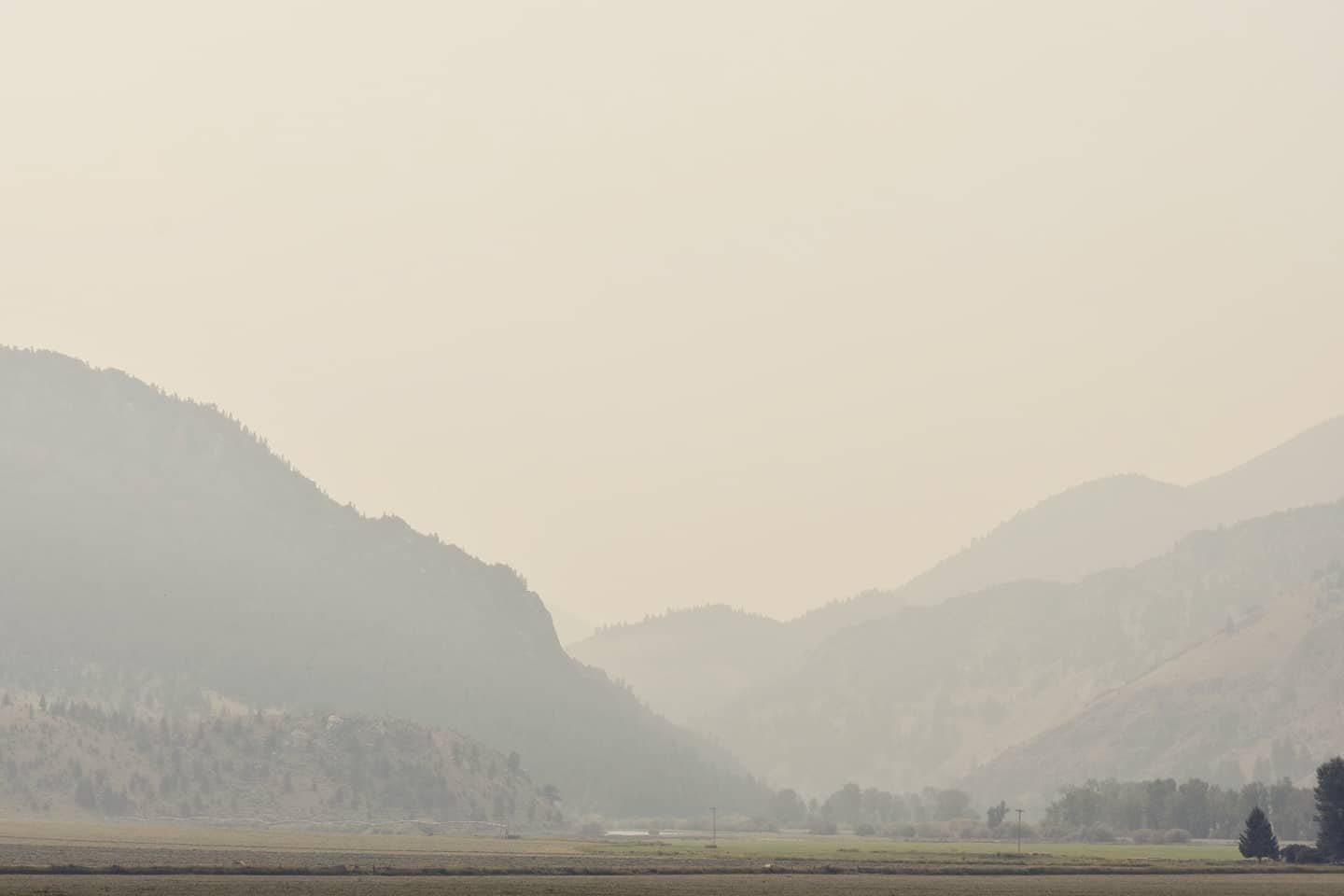
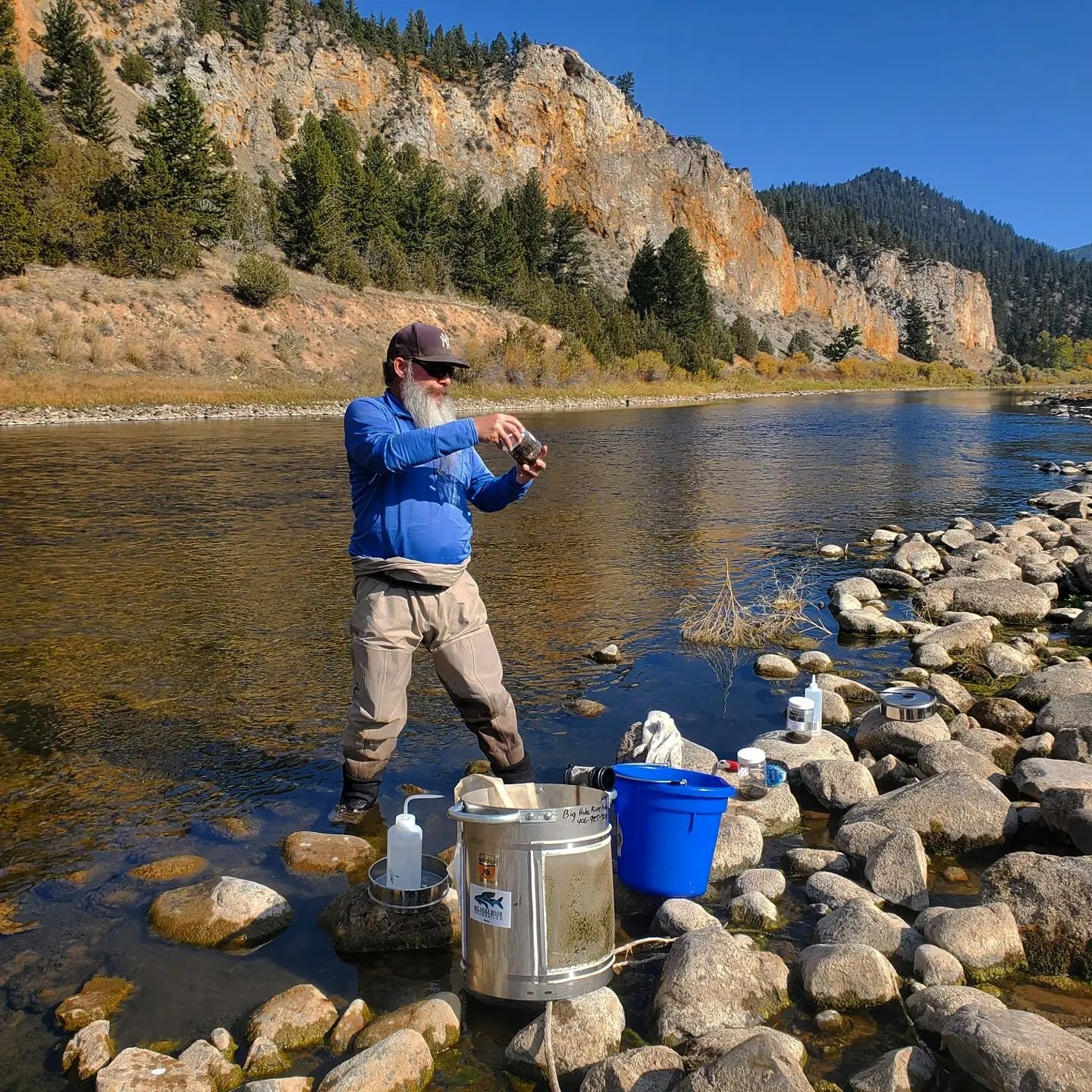
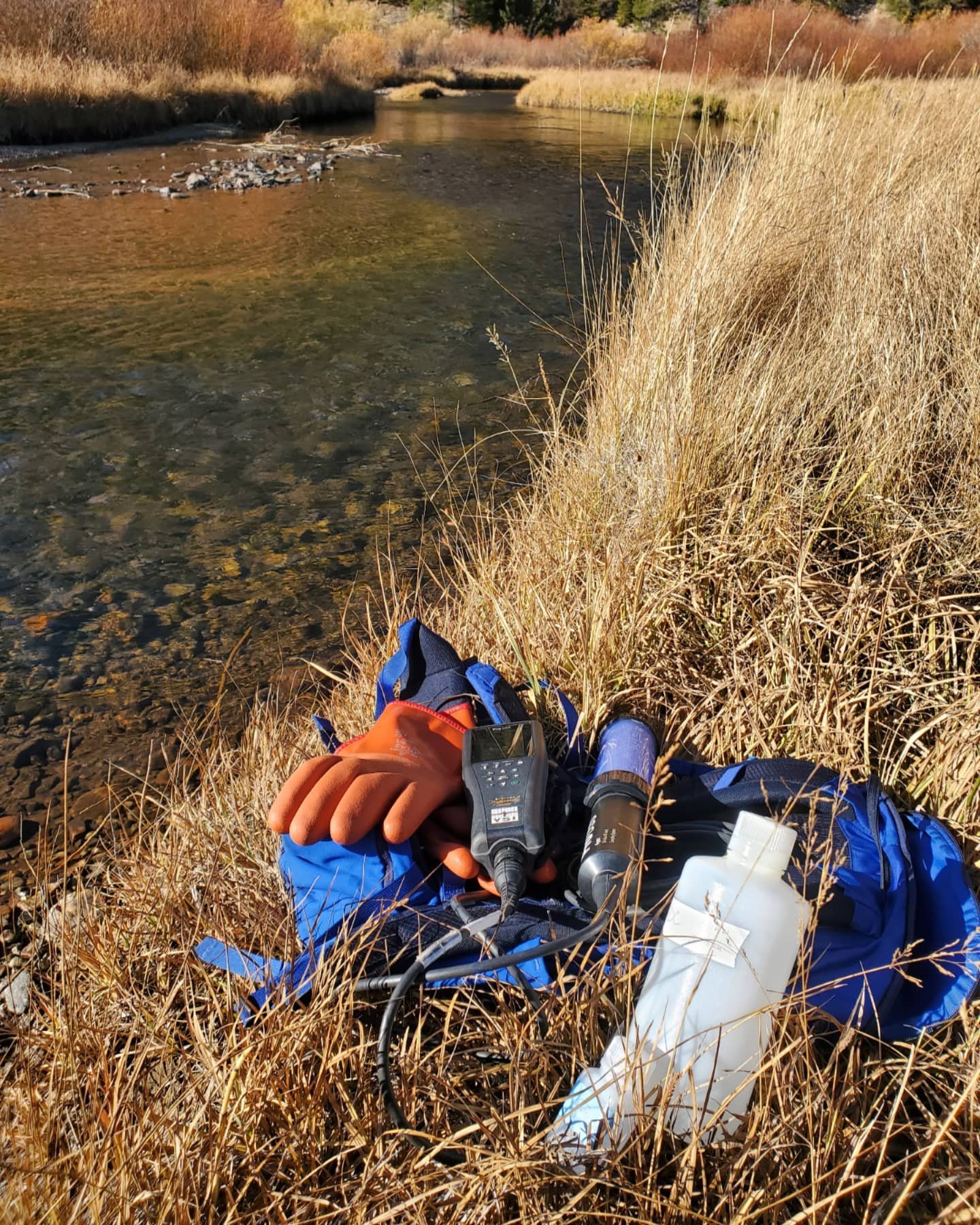

It's no secret that 2021 has been a tough year in Montana. It's been exceptionally challenging for southwest Montana and the 2,800 sq. mile Big Hole watershed. A year and a half into the Covid pandemic, western population growth continues to create new challenges for our watersheds as increased use and demand has run headfirst into historically low water levels, exceptional drought, and elevated water temperatures driven by a changing climate. Throughout southwest Montana, brown trout populations are struggling mightily.
But, as is often the case, there was also some cause for optimism hidden within all of the trials……. or at least some silver linings if one is willing to look.
With regard to the BHRF Water Quality Monitoring Project, we were able to grow and refine the program thanks to a new partnership with the Flathead Lake Biological Station’s Monitoring Montana Waters program. After identifying a couple of upper river sites with excessive nutrient loading in 2020, they helped us add two new sites….. North Fork Big Hole & Skinner Meadows. This means we now have 10 total sites (7 main stem & 3 primary tributaries) over the course of 150 miles of river. It’s a helluva lot of country to cover, but it’s time and energy well spent. We’re especially curious to see what kind of sediment load flushes through the system via the North Fork next runoff, after the Trail Creek Fire burned over 62,000 near Wisdom.
Speaking of fires, in spite of the brutal smoke endured all season long we watched as a truly impressive logistical firefighting effort took place based in Wise River. We watched neighbors helping to look out for neighbors and community-based efforts to feed fire crews and raise money for the Wise River Volunteer Fire Dept. This summer could have seen a much worse outcome than what actually transpired. And as acrid & dense as the smoke was, there’s no doubt it kept water temps from climbing even higher during those 90+ degree days.
As far as the struggling brown trout….. there was a lot of passionate public engagement concerning fishing regulation changes enacted to buy the biologists time to figure this out. While we think that the Commission’s effort to implement meaningful changes came up short in the area of spawning closures, especially since it didn’t abide by the biologists’ recommendations, it was good to see the angling public join commercial outfitting businesses in advocating for protection of fish in the Big Hole even at cost to their own interests. Outfitters and private anglers went to great lengths to protect the fishery through self-imposed water temperature-based restrictions (reeling up and letting ‘em rest once the river hit 68 degrees), and through logging huge amounts of extra windshield time to reduce the number of boats on the Big Hole. We hope to see that 68 degree rule become the status quo for all trout fishers going forward. Combined with barbless, single hooks and minimal fish handling, we can make significant progress in reducing catch-and-release mortality.
Additionally, we saw the ranching community by-and-large make significant voluntary sacrifices to their water usage, with many of the irrigators in the Big Hole operating at less than 50% of their allotted water right. And regardless of the unproductive but stubborn tendency to pit ag interests vs. fishery interests, we have those folks to thank for the fact that the river didn’t run dry….. even through worse conditions than in 1988, when it DID run dry for nearly a month at Wisdom.
The strain from this year’s water woes is also prompting folks to come to the table and reflect on the efficacy of the Drought Management Plan and discuss potentially workable modifications that might make us more resilient in the face of another water year like 2021.
The work isn’t done, however, since it never is.
The state remains largely in a category D4 Exceptional Drought and winter has yet to arrive, with temps stretching above 60 throughout November and still in the mid-40’s even as I write this.
That stressor aside, we’re working to try and fund a macroinvertebrate report for the Big Hole, using our 3-year dataset within relevant historic context as a rough baseline going forward. This will give us something against which we compare regular (probably biennial) mini-reports to track changes in bug life on the river. Like our water quality monitoring, this is something that becomes more and more valuable with each year we’re able to collect and store data. Longevity is key.
Of course, that means your continued support is key. If you’ve been a member or contributor before, keep an eye out for the fall newsletter in the next week or two.
For now, we’ll continue to dance for snow, enjoy the fireplace, thank the bird dogs for their ardor, & visualize the La Niña forecast coming to fruition over the next several months.
Hope you all enjoy the holidays with friends & family as we wind down this year and look forward to a new one.
Cheers,
Brian
